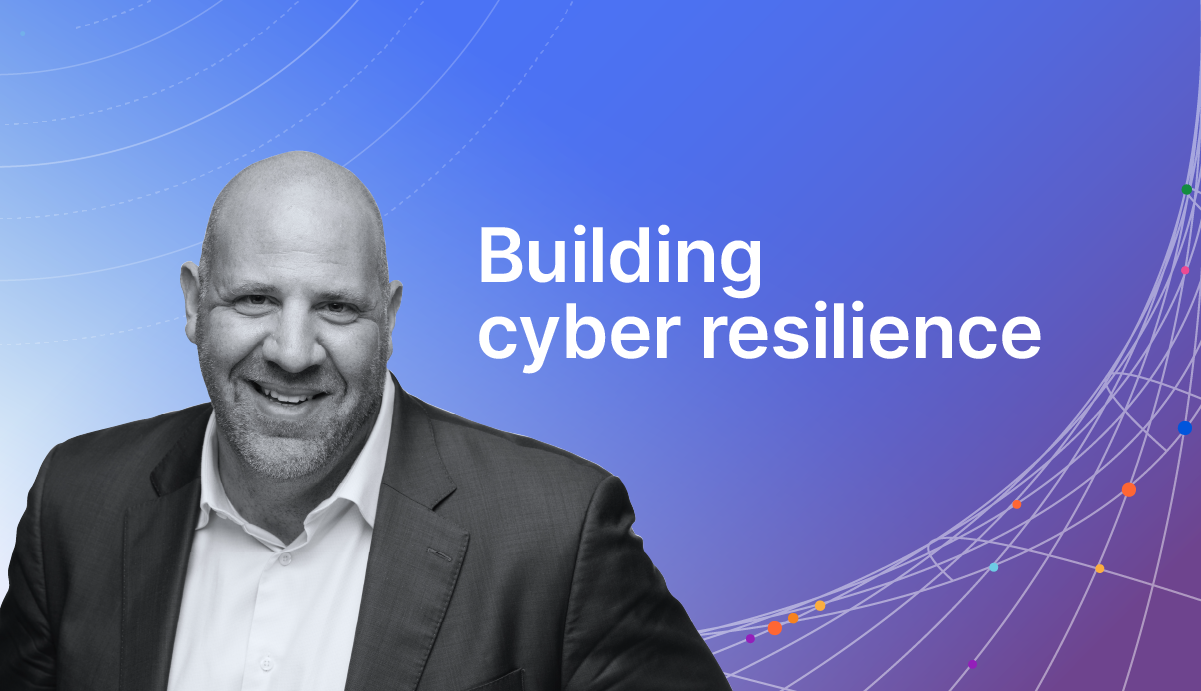Leadership Perspectives: Simplifying security in the age of complexity
Hear from tech leaders on the future of AI, advocating for security investments, and battling human error.
Why web applications are a C-suite priority

Application failures can cost companies millions — like the 6 hour outage of Meta apps leading to $60 million in losses. Here's how technology leaders can rethink combating this threat to the bottom line.


Transform your tech stack while reducing costs
Organizations are turning to cloud application platforms for IT consolidation — knowing how to choose the right one can help you deliver innovation, consistently

Simplifying IT and security
The adoption of myriad apps and multiple clouds has led to IT sprawl; in turn, connecting clouds, apps, and users has never been more challenging

The last frontier of cloud transformation
Despite the cloud revolution in IT service delivery, a critical piece remains elusive: IT still lacks sufficient visibility and control over networking and security

Tackling digital modernization: Leadership perspectives
Learn how tech leaders are integrating AI into apps, securing complex networks, and more

Multi-cloud compliance in a multi-jurisdictional world
Gartner reports that 99% of compromised data will result from cloud misconfigurations and account breaches. Here's how leaders can ensure data compliance across multiple clouds and jurisdictions

A new threat has come to town
With the holidays and a new year, organizations will face new threats that will extend seasonal patterns

Ecommerce security for the holidays
Business, web traffic, and cyber attacks all ramp up during the holiday season — these four preparations can help you be better positioned to succeed

Your first line of defense in cyber security
Cyber attacks due to human error are on the rise — making a security-first culture more critical than ever
Receive a monthly recap of the most popular Internet insights!

Using AI to tell a story with data
CEO of Sushidata shares how applying AI to unstructured customer data can help organizations deepen customer insights and improve experiences — enhancing satisfaction and minimize defections

Modern security innovations and trends: From AI to quantum
Generative AI and quantum computing promise to revolutionize cyber security by enhancing the efficiency of security operations and sparking new threats

Tech sprawl emulates the snake game
Enterprises have added more and more point solutions as they have grown, much like the snake adding segments in the old 1980s cell phone game. Complex enterprise security stacks are causing friction and slowing business down

AI governance starts with data governance
Governing the use of AI in the enterprise is essential for reducing risks. Because AI depends on data, AI governance must start with data governance





